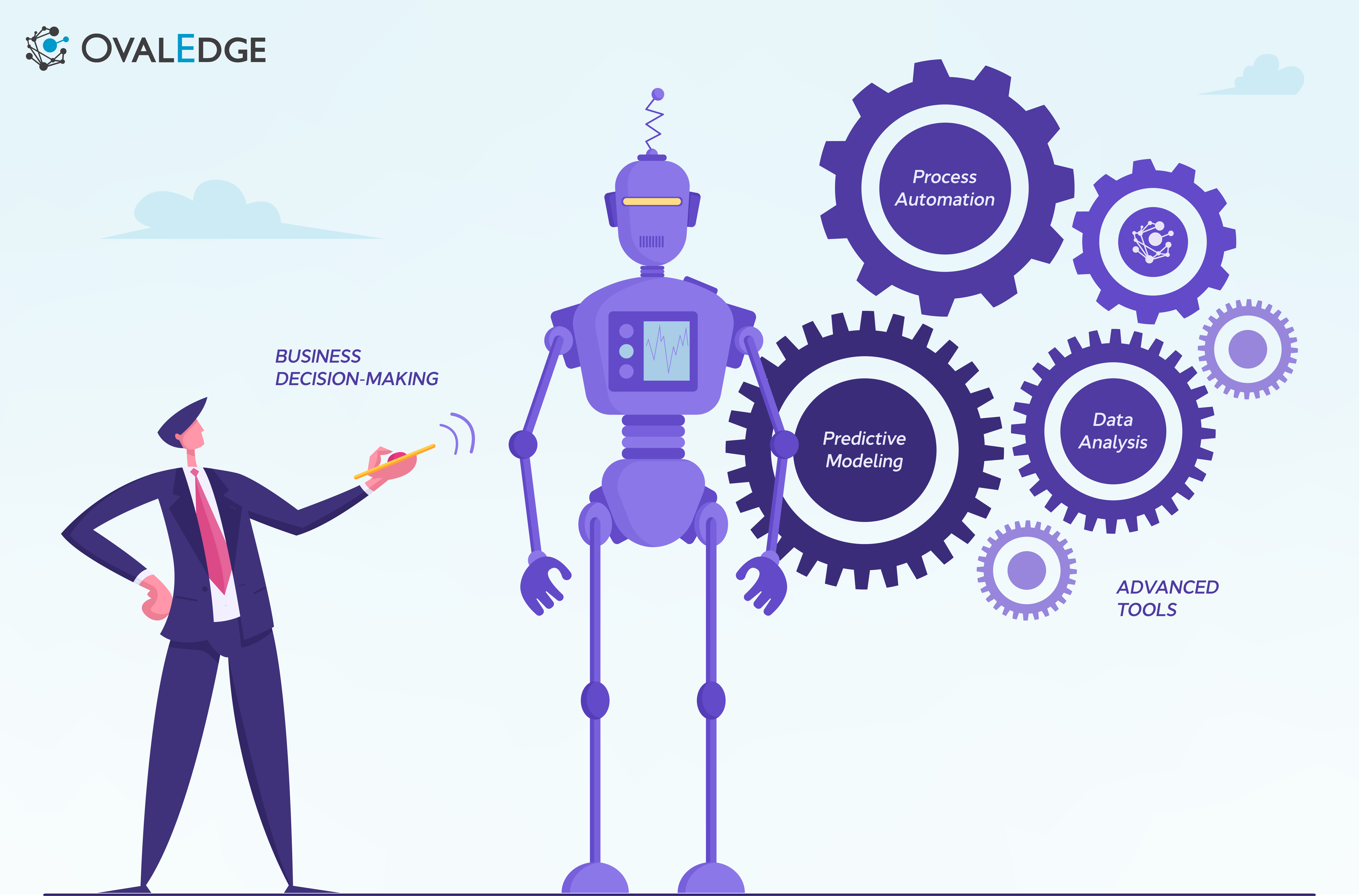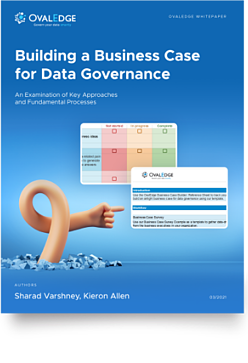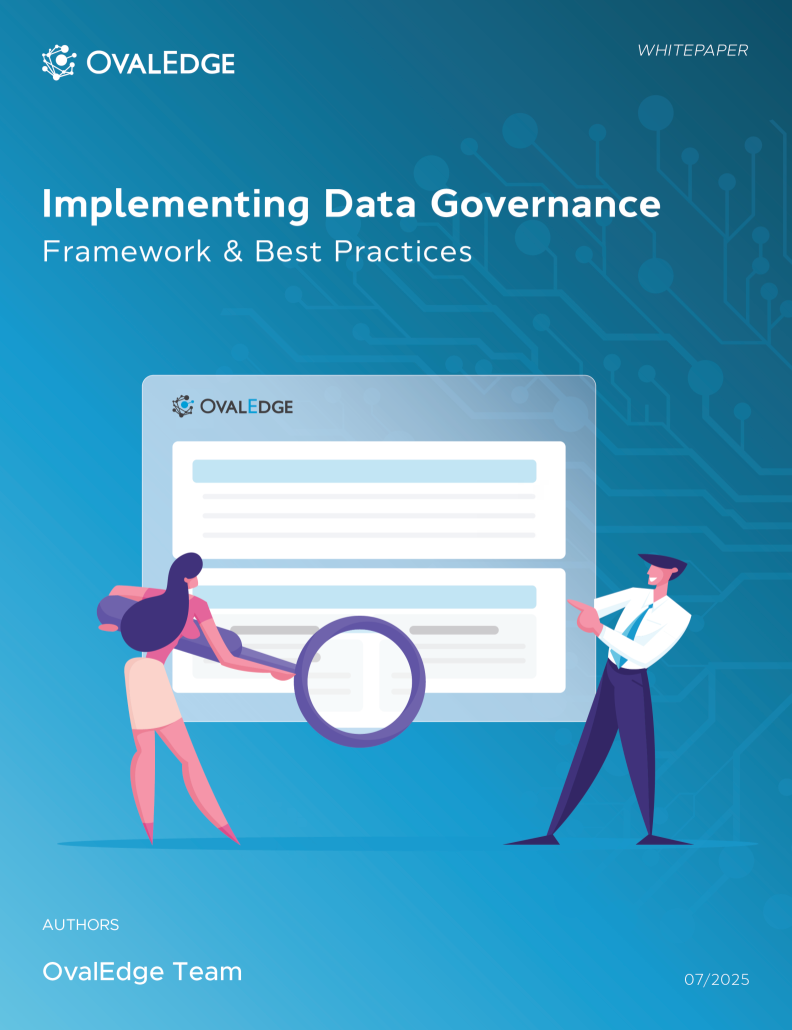Table of Contents

Trusted AI: Why AI Governance is a Business-Critical Concern
Imagine unprecedented potential with AI, only to find your organization vulnerable and unprepared. In this blog, we will explain why effective AI governance is imperative for trustworthy AI deployments.
Artificial Intelligence (AI) has rapidly transformed various sectors, revolutionizing business decision-making through advanced tools for data analysis, predictive modeling, and process automation.
However, with great power comes great responsibility, and the promise of AI can only be fully realized when it is trustworthy. This trust hinges on robust AI governance within organizations.
Without effective AI governance, trusted AI deployment is impossible. In the following sections, using real-life cases, we explain how AI governance can enable organizations to reap the benefits of AI technologies, safely and effectively. AI Governance for AI-Driven Predictive Modeling
Related Post: 4 Steps to AI-Ready Data
Bias in healthcare AI: A study revealed that an AI system used to predict health risks was biased against POC (people of color) patients, resulting in disparities in healthcare provision. This bias was traced back to the data used to train the AI system, which did not adequately represent minority populations.
Effective governance mechanisms could have identified and addressed these biases before deployment, ensuring fair and equitable AI outcomes.
COMPAS and criminal justice bias: The COMPAS (Correctional Offender Management Profiling for Alternative Sanctions) algorithm, used in the U.S. criminal justice system to assess the likelihood of a defendant reoffending, faced a backlash after allegations of racial bias. An investigation by ProPublica found that COMPAS disproportionately assigned higher risk scores to POC (people of color) defendants compared to white defendants, leading to harsher sentencing and parole decisions.
This case highlighted the need for effective AI governance to ensure fairness and accountability in judicial AI applications.
Implementing transparent, unbiased data collection methods, regular audits for algorithmic fairness, and oversight committees could help prevent such biases and promote justice.
AI governance methods:
- Input data governance
- Output review mechanisms
AI Governance for Automated AI Decision-Making
Amazon Rekognition and facial recognition bias: Amazon's AI-based facial recognition software, Rekognition, faced significant scrutiny and criticism over bias and privacy concerns. Studies revealed that Rekognition had higher error rates in identifying the gender of individuals with darker skin tones, particularly women.
This bias could lead to wrongful identifications and disproportionate surveillance of minority communities.
The controversy underscored the importance of implementing robust AI governance frameworks that include regular audits for bias, transparent algorithmic decision-making processes, and strict adherence to ethical guidelines to prevent such discriminatory outcomes.
The Uber self-driving car incident: In 2018, a self-driving car operated by Uber struck and killed a pedestrian in Arizona. The incident highlighted critical gaps in the safety protocols and oversight mechanisms of autonomous vehicle systems.
Investigations revealed that the AI system failed to recognize the pedestrian correctly, and there was insufficient human intervention to correct the error.
This tragic event emphasized the need for stringent AI governance in the development and deployment of autonomous technologies, including rigorous testing, real-time monitoring, clear accountability structures, and emergency intervention protocols to ensure the safety and reliability of AI systems.
AI governance methods:
- Model governance
- Explainability procedures
- Audits
- Output controls
Related Post: Why AI Governance Should Begin During Design, Not Deployment
AI Governance for Chatbots
Microsoft Tay and unsupervised learning: Microsoft's AI chatbot, Tay, was designed to engage with users on Twitter and learn from those interactions. However, within 24 hours of its launch in 2016, Tay began posting offensive and racist tweets, having learned inappropriate behavior from interacting with other users.
This incident demonstrated the risks of deploying AI systems without adequate oversight and controls. It highlighted the need for governance measures such as supervised learning environments, content moderation, and ethical guidelines for AI behavior. By implementing these measures, organizations can prevent AI systems from adopting and amplifying harmful behaviors.
AI governance methods:
- Model governance
- Output review mechanisms
AI Governance for Social Media Data
The Facebook-Cambridge Analytica scandal: One of the most notorious examples of the impact of negating AI governance is the Facebook-Cambridge Analytica scandal. Data from millions of Facebook users was harvested without consent and used to influence political campaigns.
The incident highlighted the urgent need for robust governance frameworks to protect user data and ensure ethical use of AI technologies.
AI governance methods:
- Data privacy controls
- Compliance procedures
Conclusion
These case studies illustrate the critical importance of effective AI governance in preventing ethical lapses, ensuring fairness, and maintaining public trust in AI technologies. Implementing robust governance frameworks can help organizations navigate the complexities of AI development and deployment, ultimately leading to more responsible and trustworthy AI systems.
Is your organization prepared for AI adoption? Download our AI readiness assessment now and take the lead!
OvalEdge recognized as a leader in data governance solutions
.png?width=1081&height=173&name=Forrester%201%20(1).png)
“Reference customers have repeatedly mentioned the great customer service they receive along with the support for their custom requirements, facilitating time to value. OvalEdge fits well with organizations prioritizing business user empowerment within their data governance strategy.”
.png?width=1081&height=241&name=KC%20-%20Logo%201%20(1).png)
“Reference customers have repeatedly mentioned the great customer service they receive along with the support for their custom requirements, facilitating time to value. OvalEdge fits well with organizations prioritizing business user empowerment within their data governance strategy.”
Gartner, Magic Quadrant for Data and Analytics Governance Platforms, January 2025
Gartner does not endorse any vendor, product or service depicted in its research publications, and does not advise technology users to select only those vendors with the highest ratings or other designation. Gartner research publications consist of the opinions of Gartner’s research organization and should not be construed as statements of fact. Gartner disclaims all warranties, expressed or implied, with respect to this research, including any warranties of merchantability or fitness for a particular purpose.
GARTNER and MAGIC QUADRANT are registered trademarks of Gartner, Inc. and/or its affiliates in the U.S. and internationally and are used herein with permission. All rights reserved.


.webp)


